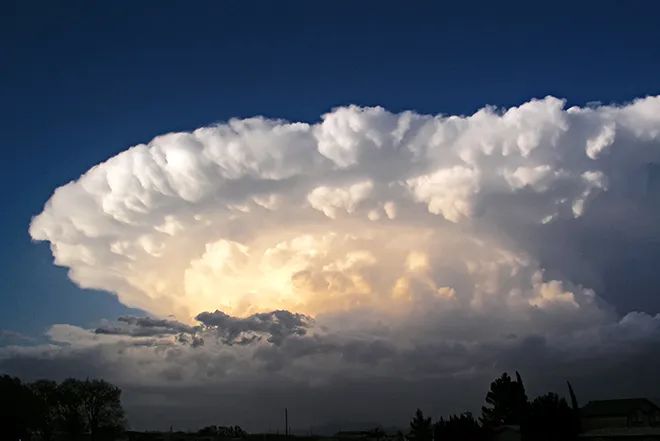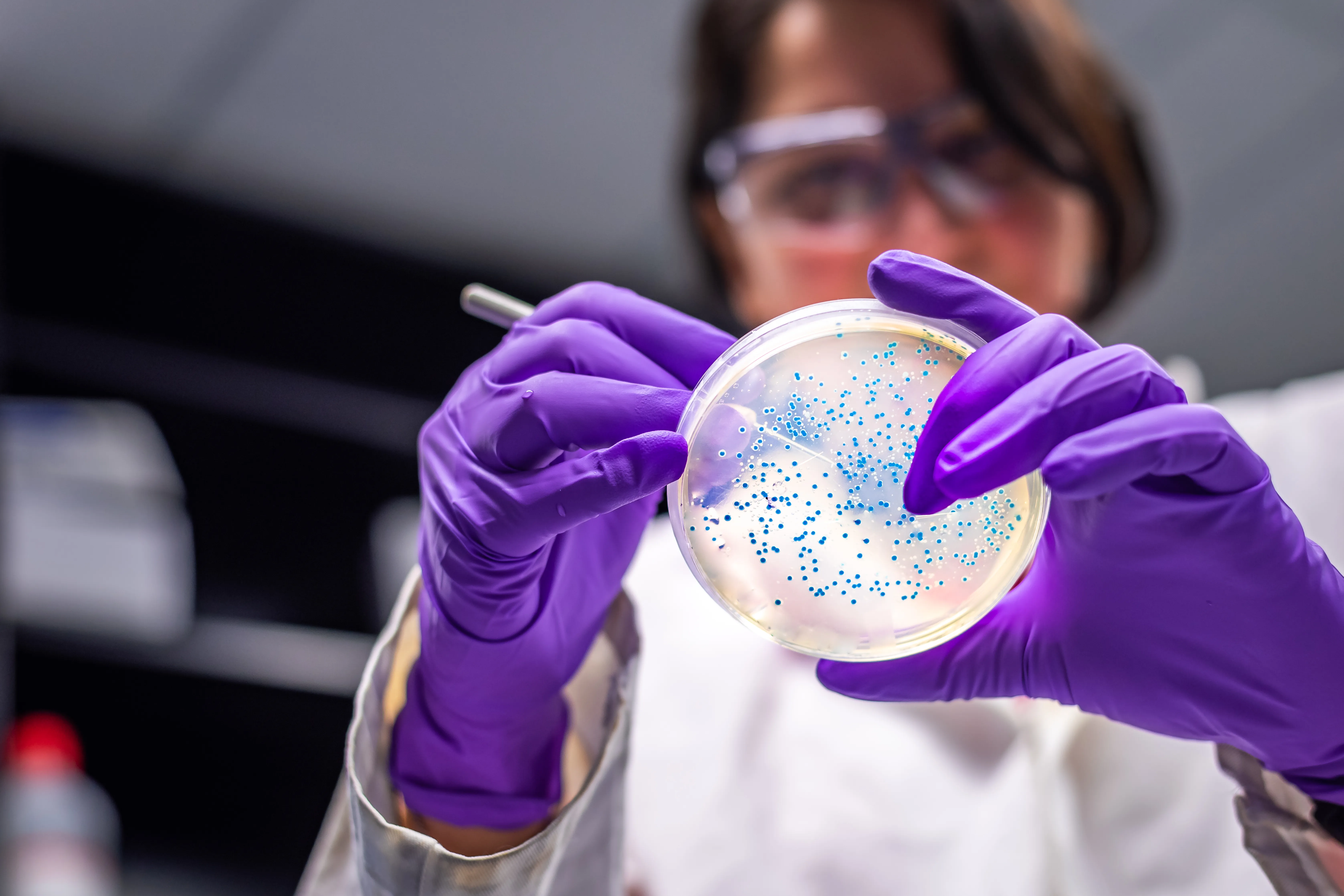
Commentary: Cool this summer. Will next year bring killer heat?
A version of this commentary originally appeared at Big Pivots.
(Colorado Newsline) This summer’s coolish, wettish weather along Colorado’s northern Front Range, home to two-thirds of Colorado’s nearly 6 million residents, has been delightful. Denver’s temperature didn’t crack 90 until well into July and hasn’t broached 100 as of mid-August.
I’m uneasy. This is not normal. Weather varies, but our climates have been warming briskly. July was the hottest ever for planet Earth. When will it be our turn to be part of the bonfire?
Phoenix has been burning. This summer’s 31-consecutive days with temperatures surpassing 110 degrees broke the old record of 18 days.
I’ve been in 103 degree heat. It was unpleasant. I cannot imagine Phoenix’s all-time high of 122 degrees.
Don’t trip. In such heat, merely falling down onto the pavement can produce burns, as if you had stuck your hand in a campfire. During that streak, CNN reported that half the patients in the Arizona Burn Center’s ICU had been burned because of falling to the ground.
Overnight lows may be more important than daytime highs. By late July, Phoenix had 17 consecutive days of 90-plus minimums. One overnight low was 96 degrees.
Climate Central’s Andrew Pershing says these rising nighttime temperatures can be more directly tied to global climate change than daytime temperatures. “The low temperatures we are seeing overnight in the Southwest this summer are shockingly high, and that is very much an impact of climate change,” he said recently on a SciLine webinar.
“This is not normal,” said Pershing, an oceanographer by training. “But it is not surprising. This is what we predicted 20 to 30 years ago. It’s a new world, and we are going to see change until we get our emissions of greenhouse gases under control.”
Seems crazy now, but will Denver someday have a heat office, too?Where in the United States would be least affected by climate change? The Northern Great Plains and Midwest have been spared major impacts, he said. So far, that is. “That’s an area where it would be easy to say that it seems safe now, but it’s probably not as safe as it appears,” Pershing added.
The 2021 Western North American heat wave was extraordinary. In British Columbia, the village of Lytton in June 2021 had three days of extreme heat, including a Canadian record of 121 degrees. Green leaves fell from trees. Hours later fire erupted. Most of the hamlet vanished within minutes. In Oregon and elsewhere, people without air conditioning literally baked to death. The death toll exceeded 1,400 people. Scientists concluded that the warming climate makes such heat domes 150 times more likely.
Jeff Goodell, in his new book, “The Heat Will Kill You First,” examines the human physiology. We can tolerate heat, but just to a point. Heat actually kills more people than floods or hurricanes. It hits those without air conditioning or who must work outdoors the hardest. Prepubescent children and those who are older and with pre-existing conditions are more susceptible. There’s ample, tragic evidence even younger, virile people can die of heat stroke.
Could next year bring something resembling the 2021 heat dome to Colorado?
“The Pacific Northwest heat dome in 2021 fell so far outside of what had been observed historically that those kinds of events are likely to remain extremely rare, even in a warming climate,” says Russ Schumacher, the Colorado state climatologist. “But even if we don’t see something that extreme in Colorado, the frequency and intensity of summer heat is almost certain to increase in the future.”
Indeed, parts of southern and southwestern Colorado had their warmest July ever.
Scientists that Goodell talked with find it plausible that all-time temperature records could be shattered by 5 to 10 degrees. Grand Junction’s 107 degrees this summer tied its all-time record. How would it do at 115 degrees? How would the San Luis Valley potato harvest fare if Alamosa had 105 degrees? Colorado had 1.34 million acres planted in corn in 2022. “Of all the commercial food crops, corn may be the most vulnerable to heat,” says Goodell.
Planning for rising heat is underway. Pavement and concrete in cities create a well-known heat island effect. Trees buffer this effect. Can metro Denver retain its tree cover even while using less water? Can the electrical grid handle the surge in demand caused by air conditioning?
Real estate developers seem to expect higher temperatures. New housing in Winter Park, elevation 9,100 feet, now has air conditioning. When I worked there 40 years ago, most of us would have thought that preposterous.
Phoenix, Los Angeles, and Miami/Dade County all have heat departments, to coordinate responses. Seems crazy now, but will Denver someday have a heat office, too?
Given what the science tells us about rising temperatures, I suggest it might make sense. Crazy would be thinking that this year’s coolness is the norm.
Colorado Newsline is part of States Newsroom, a network of news bureaus supported by grants and a coalition of donors as a 501c(3) public charity. Colorado Newsline maintains editorial independence. Contact Editor Quentin Young for questions: info@coloradonewsline.com. Follow Colorado Newsline on Facebook and Twitter.

















